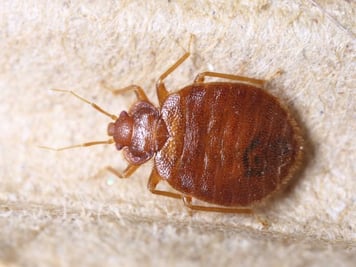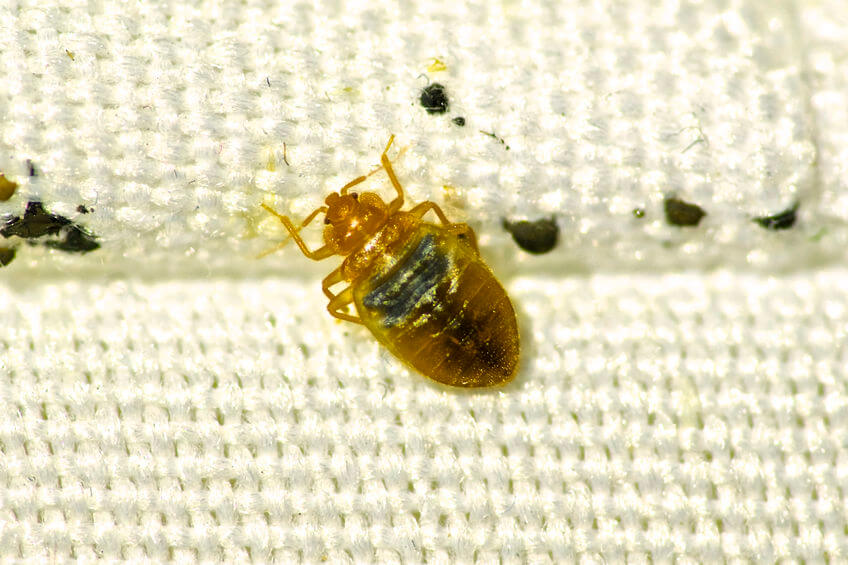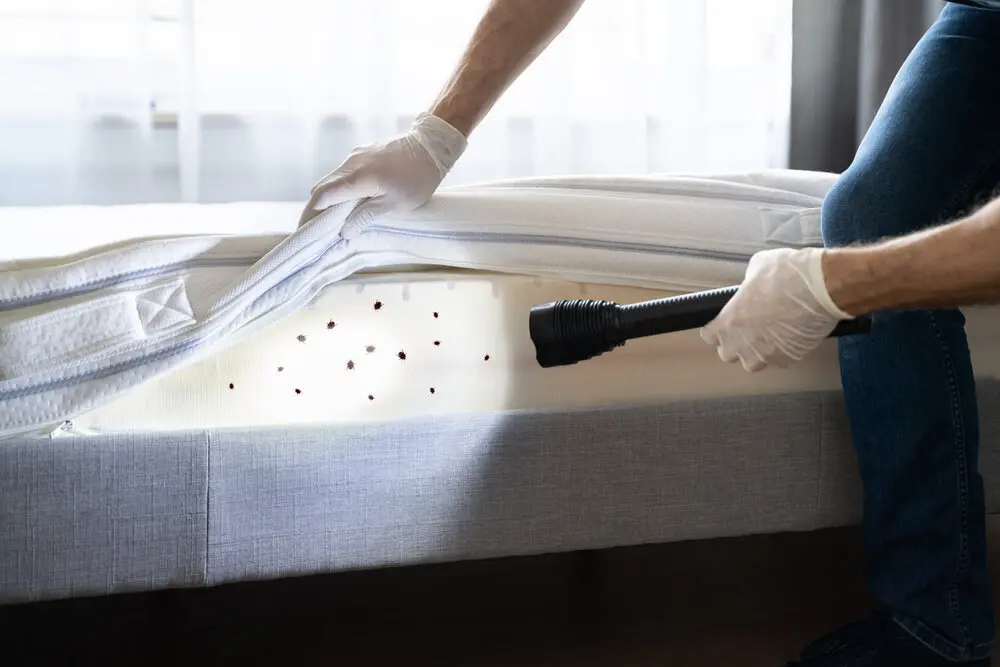Efficient A1 Bed Bug Treatment Houston - Do Away With Bed Vermin
Wiki Article
Understanding the Lifecycle of Pests for Targeted Control Approaches
Understanding the lifecycle of insects is a fundamental facet of reliable bug monitoring methods. With a much deeper understanding of exactly how parasites advance and flourish, tailored control techniques can be developed to deal with certain points in their lifecycle, eventually leading to even more successful insect monitoring results.Relevance of Understanding Bug Lifecycle
Understanding the lifecycle of insects is essential for establishing reliable and targeted control strategies in pest administration. By understanding the various stages a bug goes via from egg to adult, bug control specialists can identify weak spots in the lifecycle where treatment can be most effective. For example, knowing when larvae are most active can assist figure out the optimal timing for using larvicides. In addition, recognizing the lifespan of a pest types can assist in forecasting populace growth patterns and prospective problem threats.Furthermore, identifying the certain ecological problems needed for every stage of the insect's lifecycle can direct decisions on environment adjustment or exclusion methods to disrupt the lifecycle and reduce parasite populaces. This knowledge enables pest monitoring experts to execute proactive actions rather than relying entirely on responsive treatments, resulting in more lasting and long-lasting bug control services. Ultimately, a detailed understanding of bug lifecycles empowers parasite control professionals to tailor their techniques effectively, minimizing ecological impacts and taking full advantage of control outcomes.
Secret Stages in Bug Development
To successfully implement targeted control techniques in bug monitoring, a vital aspect hinges on thoroughly recognizing and understanding the key stages in bug growth. Parasite development typically consists of a number of crucial phases that are crucial for their lifecycle and management. The initial stage is the egg stage, where bugs lay eggs that later on hatch out right into larvae. Larvae after that proceed right into pupae, a phase where they undertake transformation prior to arising as adult bugs. Recognizing these stages is vital as it assists in identifying susceptible points in the lifecycle where control steps can be most effective.

Susceptabilities in Pest Lifecycle
Throughout the numerous stages of a bug's lifecycle, distinct vulnerabilities arise that can be tactically targeted for reliable control steps. One important vulnerability exists in the egg phase, where insects are often much more at risk to certain pesticides or organic control agents because of their soft external shell, making them much easier targets for A1 bed bug extermination houston treatment. Additionally, the nymph or larval phase presents vulnerabilities as bugs undertake rapid growth and growth, needing high power intake that can be exploited by disrupting their food sources or presenting development preventions. Pupal phases, characterized by immobility and transformation, supply a window for targeted control through physical obstacles or details therapies that hinder successful development. Lastly, grown-up parasites, while much more durable because of their reproductive capability, can still be prone throughout breeding or egg-laying tasks, which can be interfered with via scent catches or sanitation strategies. Comprehending these susceptabilities in the insect lifecycle is necessary for establishing effective and exact control approaches that properly take care of bug populations while reducing environmental impact.Executing Targeted Control Measures

Applying targeted control actions usually entails a multi-faceted technique. This might include environment adjustment to make the atmosphere less welcoming to pests, such as eliminating standing water for insect control or securing entry points for rats. Additionally, organic control methods can be used, where all-natural killers or microorganisms are presented to maintain parasite populations in check.
Integrated Bug Monitoring (IPM) strategies that incorporate numerous control actions in a worked with and sustainable manner are frequently the most effective in accomplishing long-lasting insect management objectives. By applying targeted control procedures based on a complete understanding of bug lifecycles, insect populations can be properly regulated while lessening dangers to human health and wellness and the atmosphere.
Improved Pest Monitoring Practices

Moreover, the incorporation of biological control representatives, such as all-natural predators or microorganisms of parasites, can help minimize dependence on chemical pesticides and promote a more balanced ecological community. Applying physical obstacles Related Site and catches can also belong to improved bug monitoring practices, providing non-toxic and targeted options for parasite control. Additionally, using scents and various other semiochemicals can interfere with pest breeding patterns and interaction, leading to minimized insect populations in time.
Final Thought
By determining essential stages in parasite growth and vulnerabilities in their lifecycle, targeted control steps can be implemented to reduce insect populations. Boosted insect management techniques can assist decrease the dependence on broad-spectrum chemicals and promote even more ecologically friendly and lasting parasite control methods.Understanding the lifecycle of bugs is necessary for developing reliable and targeted control methods in pest monitoring. By comprehending the numerous stages a parasite goes through from egg to grownup, pest control professionals can recognize vulnerable factors in the lifecycle where intervention can be most effective. Ultimately, a detailed understanding of insect lifecycles encourages insect control experts to tailor their approaches efficiently, decreasing ecological impacts and taking full advantage of control results.
By applying targeted control measures based on a complete understanding of pest lifecycles, insect populaces can be properly controlled while reducing threats to human health and the atmosphere.
By recognizing key stages in insect advancement and susceptabilities in their lifecycle, targeted control actions can be implemented to reduce bug populaces.
Report this wiki page